When it comes to scar management, there’s a lot of buzz about what works best. Two popular contenders are silicone gel and Vaseline. While TikTok dermatologists and old wives' tales might swear by Vaseline, clinical research tells a different story. Let's dive into why silicone gel is the superior choice for scar treatment and dispel some common myths along the way.
The Science Behind Scar Treatment
What Is Silicone Gel?
Silicone gel is a topical treatment that uses medical grade silicone to improve the appearance of scars. It's particularly effective for hypertrophic and keloid scars. Studies have shown that silicone gel works by maintaining hydration and reducing abnormal collagen deposition, which helps flatten and soften scars.
The Case For Silicone Gel
✅ Clinically Proven Effectiveness
Research consistently supports the effectiveness of silicone gel in scar treatment. For instance, a study by Shirazi et al. (2019) found that silicone gel significantly improved scar appearance by improving blood flow, flexibility, and thickness after surgery, while Vaseline did not show such improvements.
Plus, silicone gel has been proven to work better than other treatments, including Vaseline, at reducing thick, raised scars and improving their color (O’Brien & Jones, 2006). This is why doctors often recommend silicone gel for managing scars.
✅ Hydration and Scar Improvement
Silicone gel works as an occlusive barrier over your scar tissue– meaning it locks moisture in while protecting it from outside elements. This hydration maintenance is super important for preventing extra skin cell and collagen production (the culprit behind raised and textured scarring). This means your scar will end up being softer, flatter, and less noticeable. Studies by Chan et al. (2005) and Bleasdale et al. (2015) back this up, making silicone gel a top choice for scar treatment.
What About Vaseline?
The Vaseline Myth
Vaseline, also known as petroleum jelly, is often touted as a miracle cure for scars, especially on social media platforms like TikTok. However, its effectiveness in scar treatment is limited. Vaseline primarily works by creating a barrier that locks in moisture but does not actively improve scar appearance.
Vaseline is limited in scar healing because it lacks active ingredients to target scar tissue and only prevents moisture loss without modulating collagen production. Its greasy texture can also deter consistent use, reducing its effectiveness.
Clinical Evidence
While Vaseline can help keep the skin hydrated— making it effective for the earlier parts of the healing process— it doesn’t provide the same benefits as silicone gel. Research shows that Vaseline doesn’t really help much with improving blood flow, flexibility, or the height of scars. So, just using Vaseline for scar treatment might not give you the results you want.
Why Silicone Gel Is The Preferred Choice
Superior Scar Management
Silicone gel's ability to improve scar appearance is unmatched. It's particularly effective at reducing the thickness and improving the flexibility of the scar, while also helping with pigmentation, making the scar blend more naturally with your skin, and provides a discreet form of scar management.
Our own silicone scar gel, Rejuvasil, includes ingredients like vitamin C & squalane to help reduce itchiness and discomfort, and is even more effective when used alongside silicone sheeting (both of which you can find in our Scar Heal Kit) for ‘round the clock scar management.
Clinical Recommendations
All of this is why dermatologists and clinicians often recommend silicone gel over Vaseline, thanks to its proven effectiveness, with consistent positive outcomes from silicone gel making it a reliable option for patients seeking better scar management.
Conclusion
In the battle between silicone gel and Vaseline for scar treatment, silicone gel emerges as the clear winner. Its clinically proven benefits in improving scar characteristics, maintaining hydration, and reducing abnormal collagen deposition make it the preferred choice for both patients and healthcare providers. While Vaseline can help with moisture retention, it does not offer the same level of scar improvement as silicone gel. For those serious about scar management, silicone gel is the way to go.
Check out our own silicone gel, Rejuvasil: a non-invasive, non-surgical solution designed to minimize the size, texture, and appearance of scars, using medical-grade silicone to nourish your scar and create the optimal healing environment.
References
- Bleasdale, B., et al. (2015). Effectiveness of silicone gel in scar treatment. Link.
- Chan, K. Y., et al. (2005). The use of silicone gel in preventing hypertrophic and keloid scars. Link.
- Medhi, B., Sewal, R. K., Kaman, L., Kadhe, G., & Mane, A. (2013). Efficacy and Safety of an Advanced Formula Silicone Gel for Prevention of Post-Operative Scars. Link.
- Mustoe, T. A. (2007). Understanding the mechanisms of silicone gel in scar treatment.
- O’Brien, L., & Jones, D. J. (2006). Silicone gel versus other treatments for scar management.
- Shirazi, M., et al. (2019). Comparison of silicone gel and Vaseline in scar management after hypospadias repair. Link.
- Shirazi, M., Mohammadi, A., Shamohammadi, I., Mahboubi, A., & Makarem, A. (2019). Efficacy Of Silicone Gel In Reducing Scar Formation After Hypospadias Repair: A Randomized Placebo-Controlled Trial. Research and Reports in Urology. Link.
- Signorini, M., & Clementoni, M. T. (2005). Clinical Evaluation of a New Self-Drying Silicone Gel in the Treatment of Scars: A Preliminary Report. Link.
- Tandara, A. A., & Mustoe, T. A. (2008). The role of hydration and collagen deposition in scar treatment. Link.
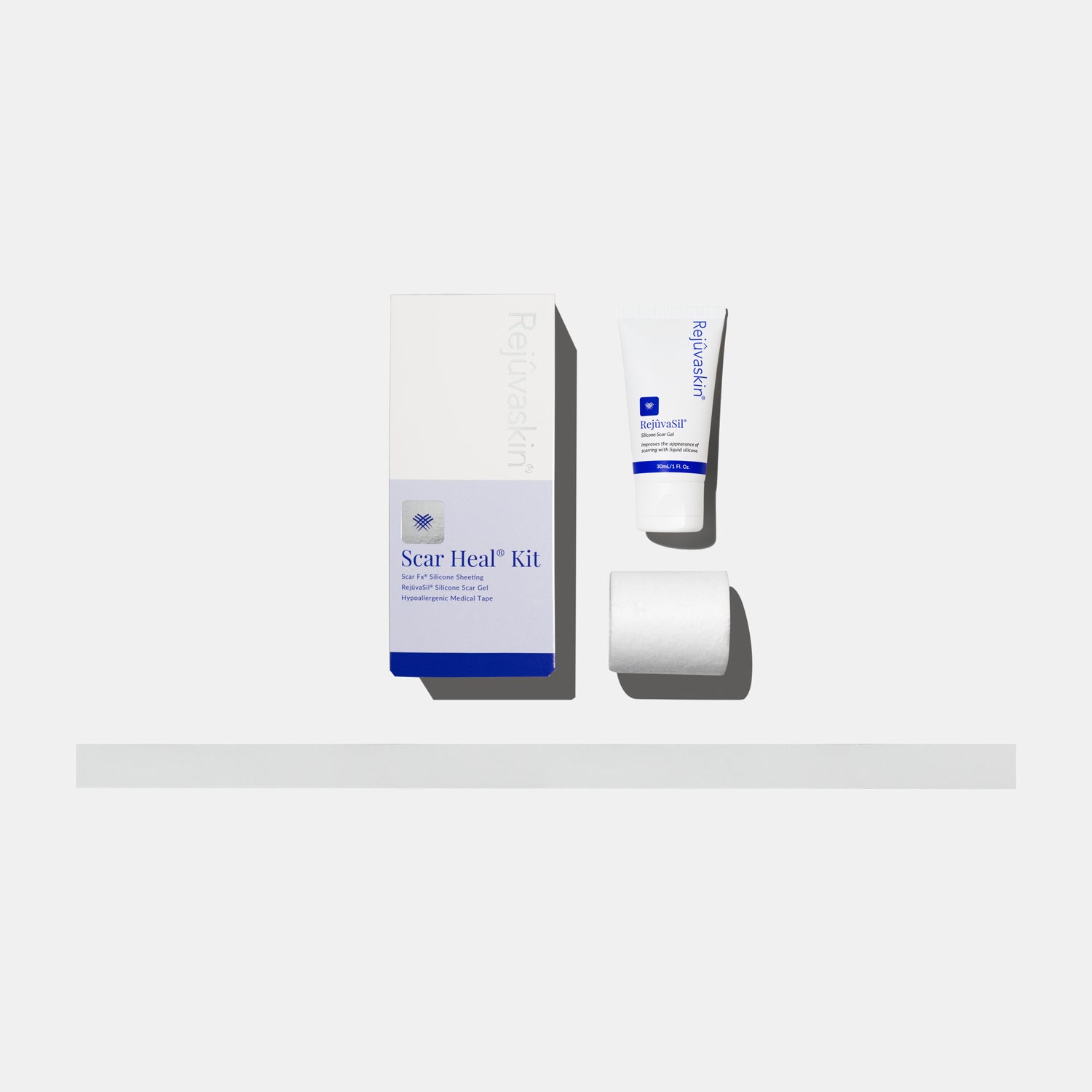


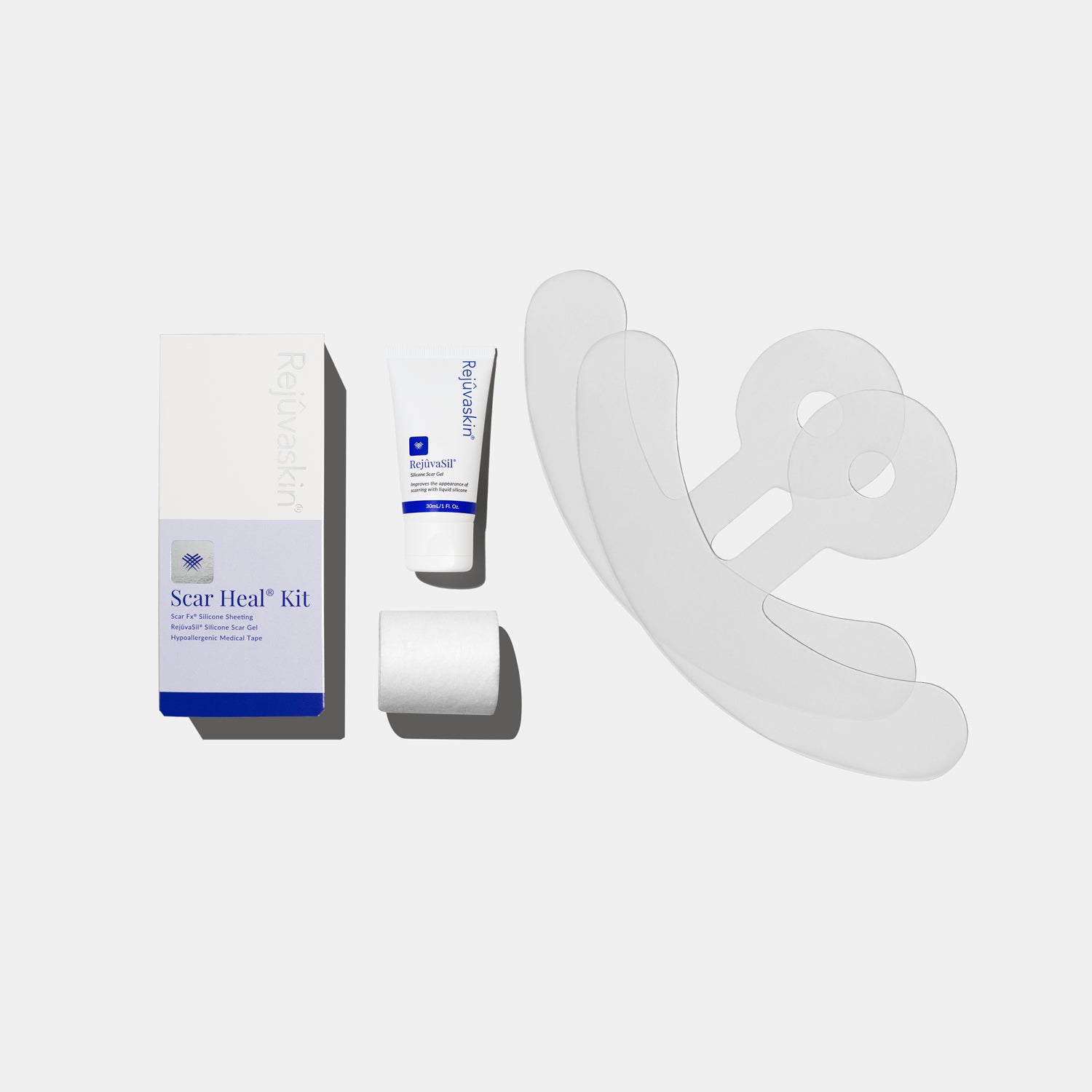
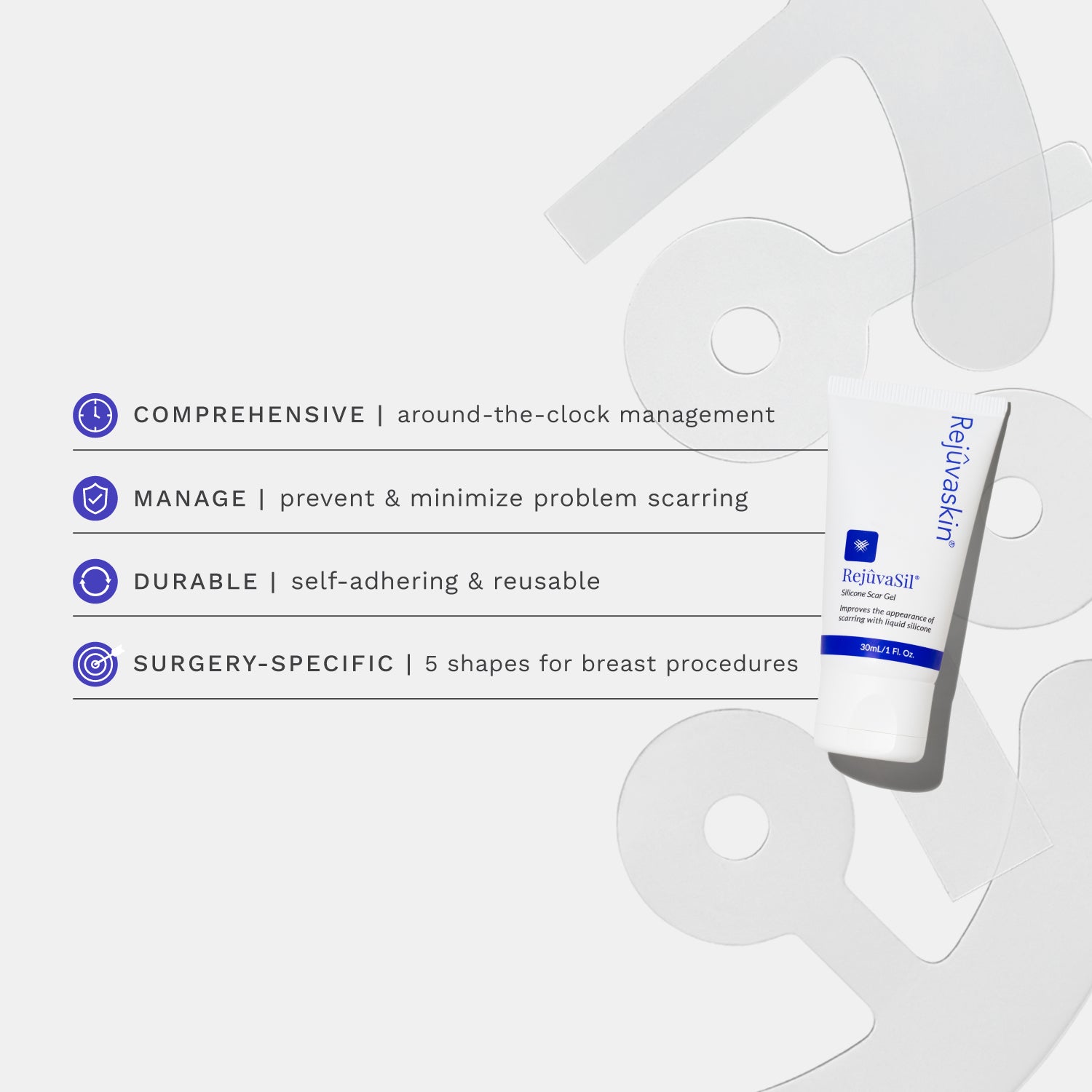
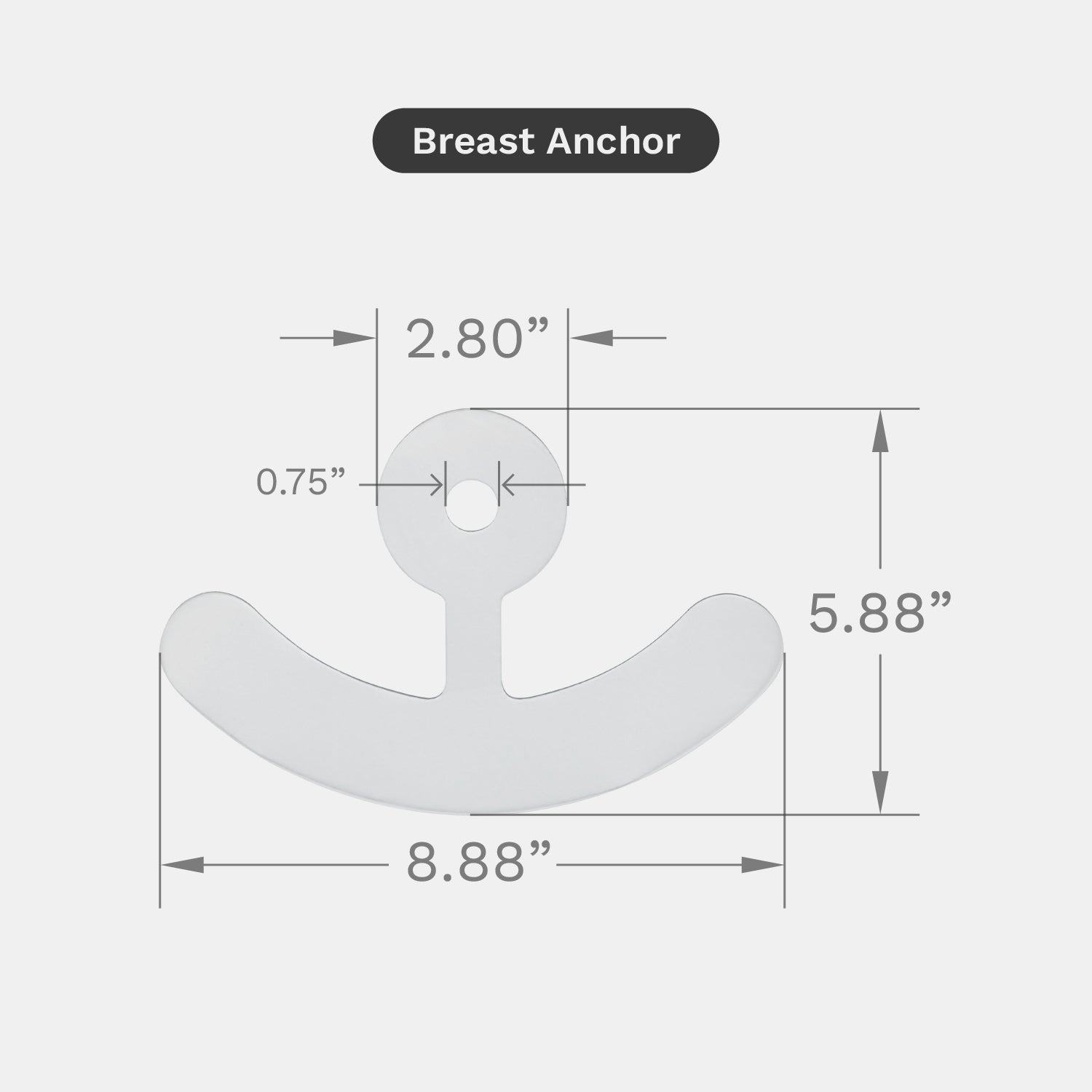
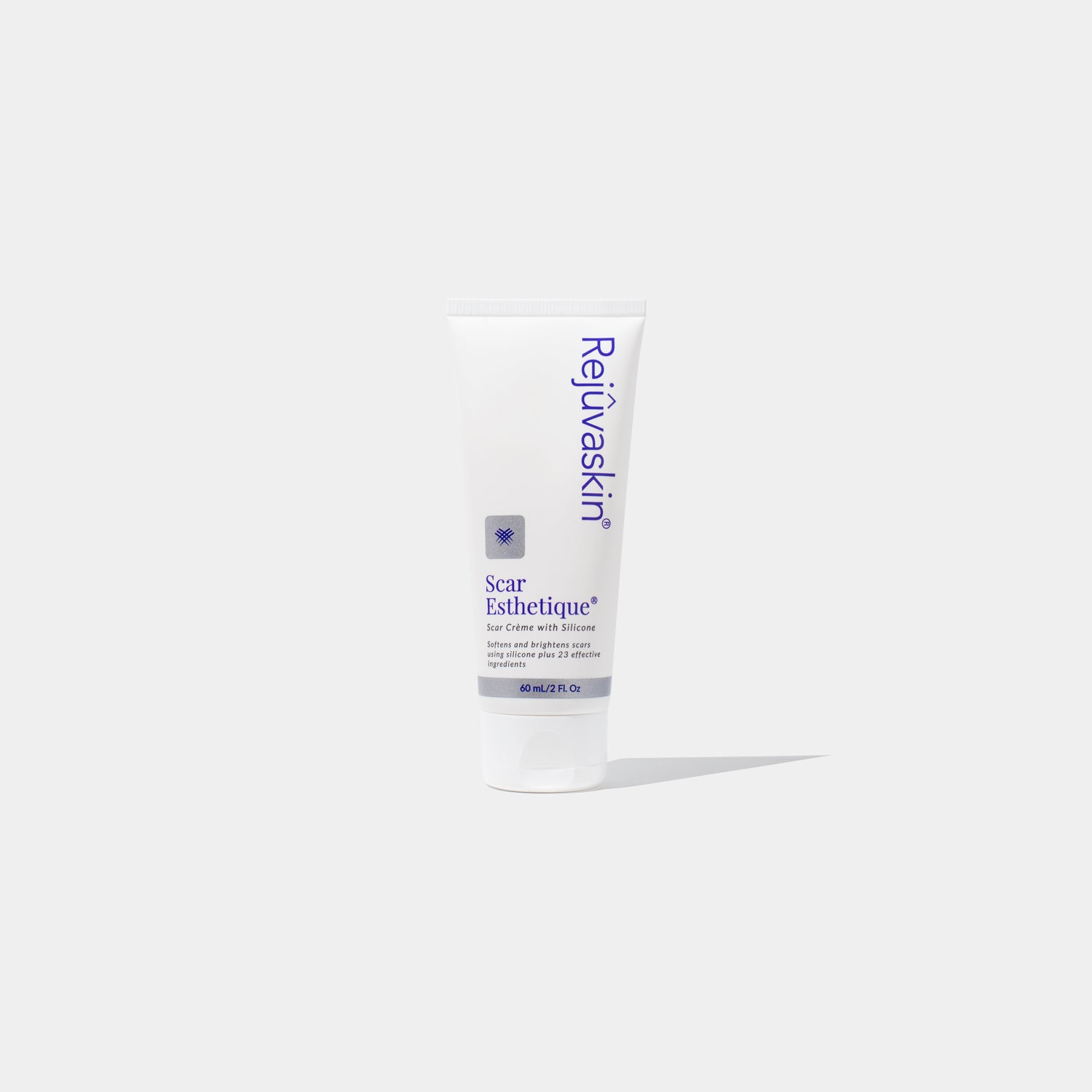
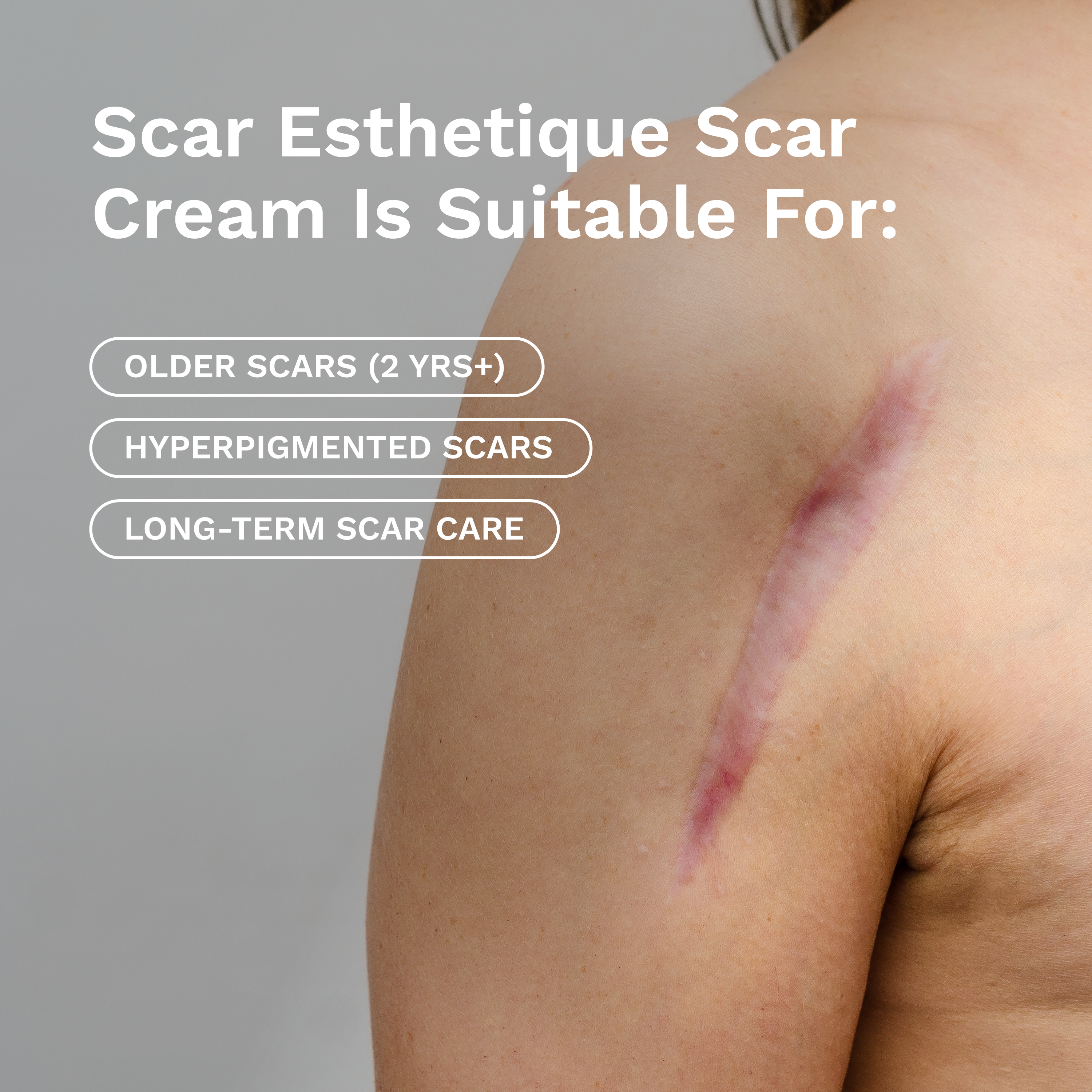









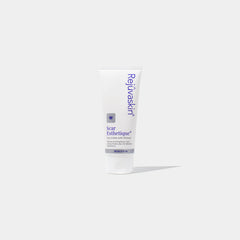
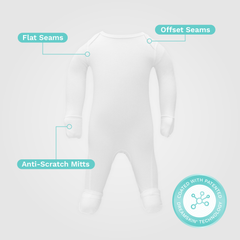

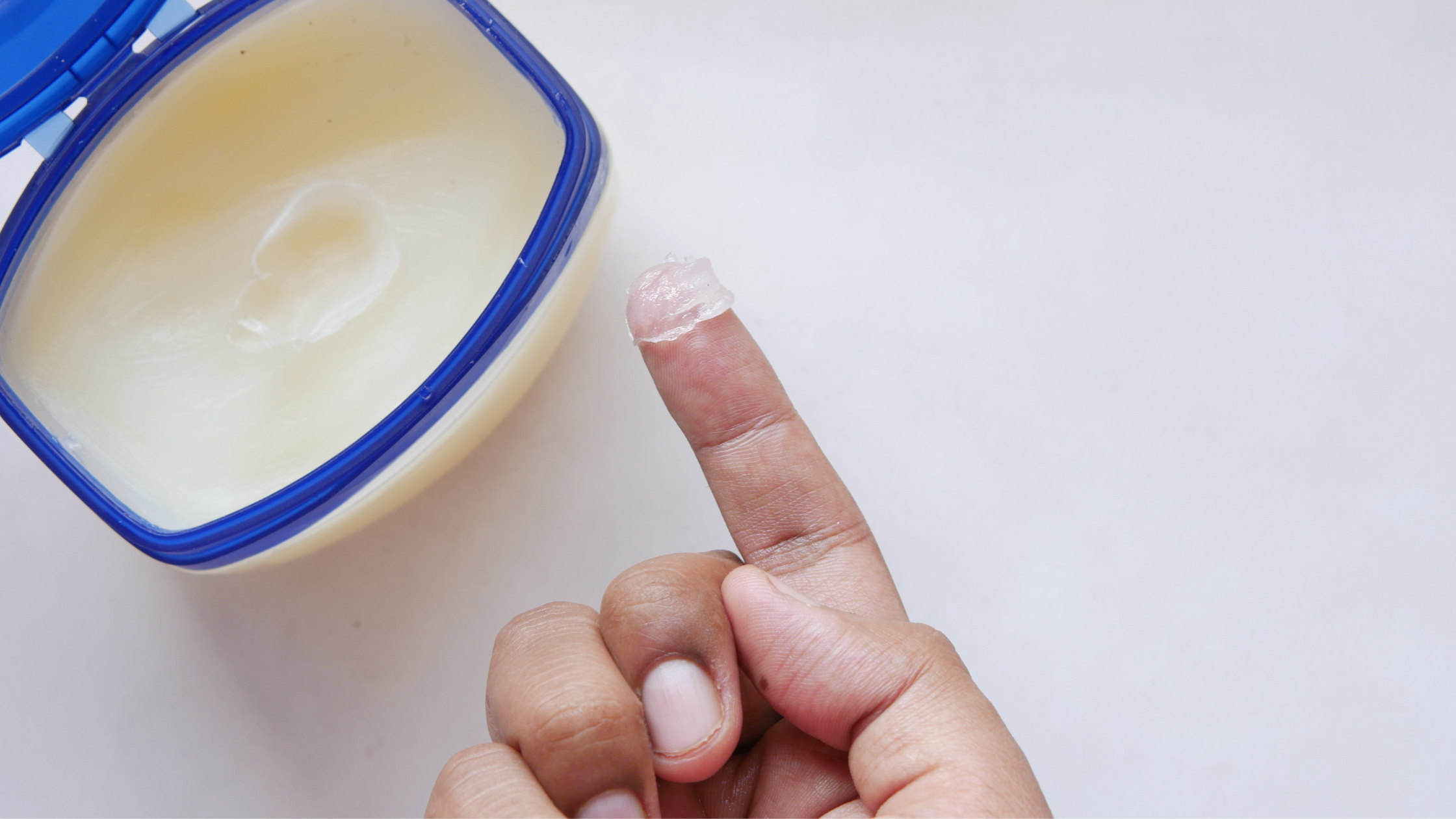
Leave a comment